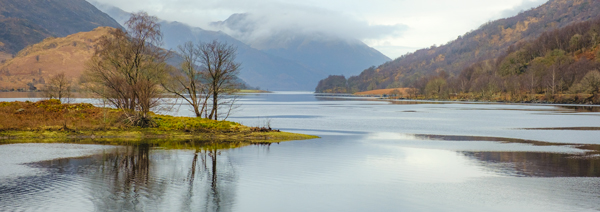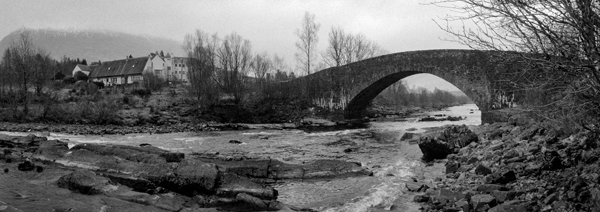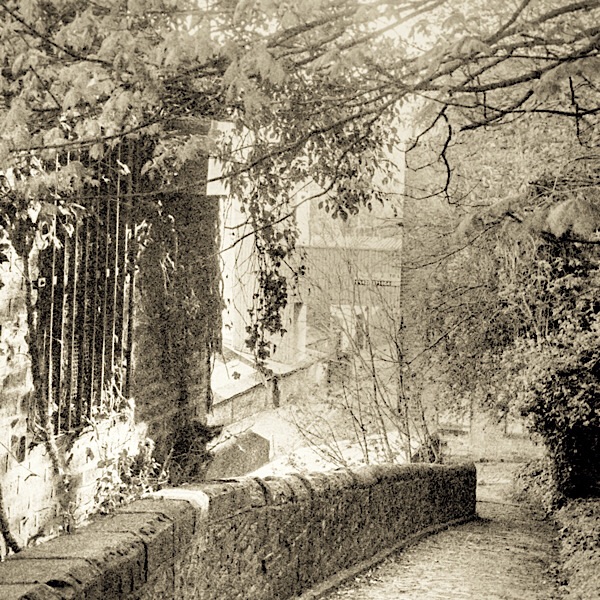I guess that at some point in our photographic lives we each of us find ourselves searching for that magic bullet; the developer/film combination that works for all occasions. A never-fail combo that produces consistency and quality without fail. Well, having been searching on and off for nigh on fifty years I’ve finally come to the conclusion that it is a mythical combination. I say finally, I probably recognised this fact many moons ago, but it hasn’t stopped me experimenting.

(all images Fomapan 100 | Pyrocat-HD)
I am by nature a photographic butterfly, enjoying trying different films, cameras, developers, techniques etcetera. However, my most recent experiment has been born partly of a desire to reduce costs. None of us indulge our passion for film photography because it’s cheap, on the contrary, film photography can be a real money-pit hobby, but equally none of us can have failed to notice that costs have been rising steeply over the last couple of years. I know that some will argue that relative to average earnings that film is “cheaper” than ever but do take into account that household bills and general living expenses probably account for a larger proportion of that average wage than ever before too.
So, to get back on-topic, I’ve been looking again at smaller format Fomapan films. I regularly use both Fomapan 100 and to some degree Fomapan 200 in sheet film with good results but not so much in medium format 120 roll film and very rarely in 35mm. My go-to 120 films have been Ilford FP4+ and HP5+ and when I’m feeling very flush Kodak Tri-X. Ilford FP4+ for example was the sole medium format film stock I took on my recent Scottish trip.

As I’ve mainly been using 120 film so far this year it seemed logical to give medium format Fomapan 100 film a proper try. As ever, I started by trawling the worldwide web and also, most importantly, gaining the views of my peers. You mustn’t believe everything you read or see online (I’m looking at YouTube “influencers” who shoot one roll of film, send it to a lab and then pronounce on the films merits or otherwise – yes, my old hobby horse) but rather we should use the information to guide further research taking careful note of the information’s provenance. There’s a lot of good stuff out in the wilds of t’internet and you just need to be thoughtful in how you interpret it. Sorry, I digressed again!
“The trouble with facts on the internet is that you never know if they are genuine”
Winston Churchill (honest!)

It was a chance conversation however with Andrew B that took my attention towards Pyrocat-HD and from there on to the current Fomapan 100/Pyrocat-HD experiments. Thus far I’ve exposed and developed six rolls in a variety of cameras. The Chroma 617, Rollei Magic, RSS 617 pinhole camera and of course Jon’s LC-A 120.
Now, six rolls is not in my opinion a fair test of the combination and I’m intending using this film with this developer for a good few months yet before coming to any conclusions. However, it’s probably worth sharing my first impressions at this stage, after all six rolls and four cameras on five different occasions in four different locations, all home developed, is already a better test than some I’ve seen or read online!

I chose to buy premixed chemicals for convenience so headed to the Nik & Trick website (I’m based in the UK). The developer comes in two parts (A and B) which you mix with water as you need it. The usual dilution is one part of A, one part of B and 100 parts of water (1+1+100) although this can be varied. Based on his own experience Andrew suggested sticking to (1+1+100) and I saw no reason to ignore this advise. He also recommended Sandy King’s website, advise I would echo too having perused its contents (although when I checked the website to pop a link in here the server was unobtainable).
The chemicals are very easy to use, if you already home develop then you will have no issues. They need to be made up as you need them and thus far I’ve not had the stock bottles open long enough to comment on their shelf life. The only two things that need to be kept in mind are that acid can dilute the stain so use plain water for a stop bath and an alkaline fixer. I’ve bought some fixer specifically for this project but once my normal fixer is used up I will move to an alkaline fixer for all my black and white developing simply to keep things simple.

Thus far I’ve been very happy with the negatives I’ve got from this combination. There is plenty of detail and they scan very easily. I have yet to print from them in the darkroom but looking at the negatives in front of me I cannot imagine that there will be any issues. As I’ve said though this is only an initial update after six rolls of film. Over the Summer I will get a chance to test it further and may even extend the trial to include the half dozen rolls of Fomapan 200 I’ve got in the cellar. So far I’ve only used 120 film in this project but I will be adding some 35mm film to the mix very soon, the KMZ FT2 is locked and loaded with Fomapan 100 and I’ve even dug out the Olympus XA2 and treated that to new batteries and a roll of Fomapan 100!
I shall report back later in the Summer!






































































You must be logged in to post a comment.